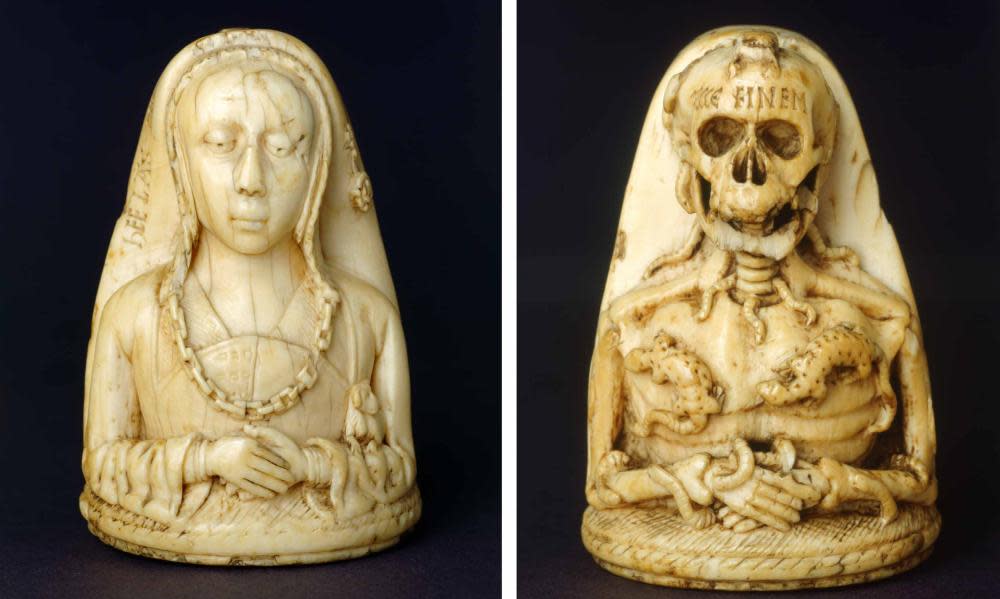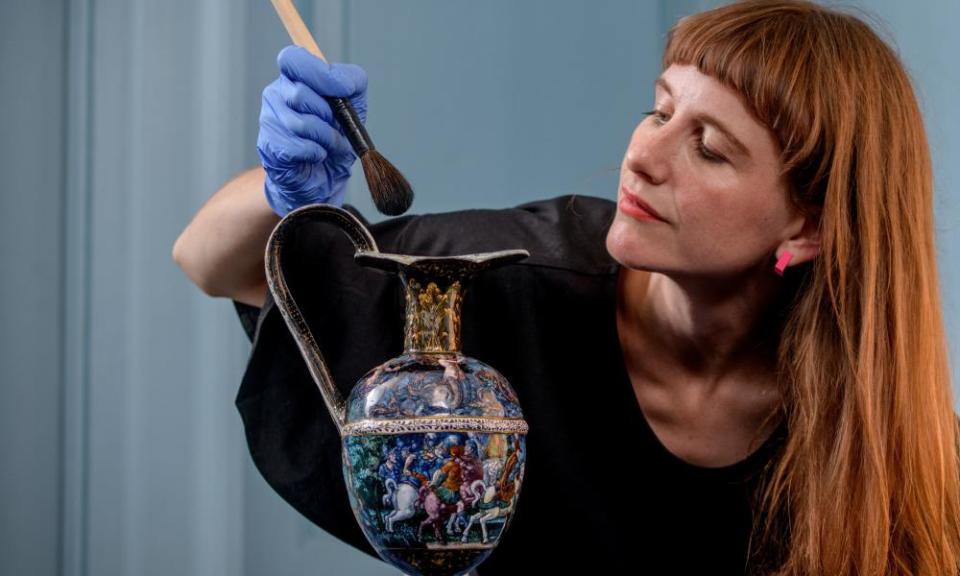The ugly truth: Ranger's House reopens with display of dark side

Among gold and diamonds, porcelain and crystal, a treasury of objects considered “splendidly ugly” even by their original proud owner, will go on display as Ranger’s House in Greenwich opens its doors to the public again.
The imposing Georgian house holds the fabulous collection amassed by the millionaire Victorian diamond dealer Sir Julius Wernher. It includes Renaissance paintings, French porcelain, Italian marbles, furniture, tapestries, jewellery as well as images in ivory, precious metals and carved wood of skulls, skeletons and decomposing corpses.
One ivory dating from about 1500 shows a wealthy woman on one side, beautifully dressed and holding her little dog - but the reverse shows the fate that awaits both her and the viewer.
“On turning it around you see the full horror of the fate that will become her, a rotting skeleton infested with salamanders, frogs, and worms,” the curator Sophie Moulden said. “You may be living in this world with your good looks and earthly possessions, like your pet dog, but you will leave it with nothing so there is no point in clinging on to wealth or vanity.”
A visit to the house, which reopens to the public on Monday, was previously only possible by guided tour, but after the redisplay the public will be allowed to wander the 11 period rooms freely, from Sundays to Wednesdays until the end of September.

The house had long since lost its original collection when English Heritage acquired Ranger’s, named for its former role as the official residence to the ranger of Greenwich park.
The Wernher collection came to it on long loan when it became homeless after the collector’s descendants sold the palatial Luton Hoo in Bedfordshire, which is now a grand hotel.
Wernher was one of the richest men in the world, and the father-in-law of a cousin of the last tsar of Russia who brought her own treasures including Fabergé jewellery, when he amassed the collection.
It was first displayed in his townhouse, Bath House on Piccadilly - long since demolished - and then at Luton Hoo, an Adams mansion in a Capability Brown landscape that he had remodelled by the architect of the Ritz hotel.
Moulden described it as one of the greatest private collections of art in Europe. “Sir Julius Wernher had a distinct eye for quality and collected objects from across Europe and beyond,” she said.
“His particular passion was for what he called the ‘splendidly ugly’, artworks mainly from the medieval and Renaissance periods, which were typically small, unusual in their subject matter and expertly crafted from richly embellished materials.”

 Yahoo News
Yahoo News 
